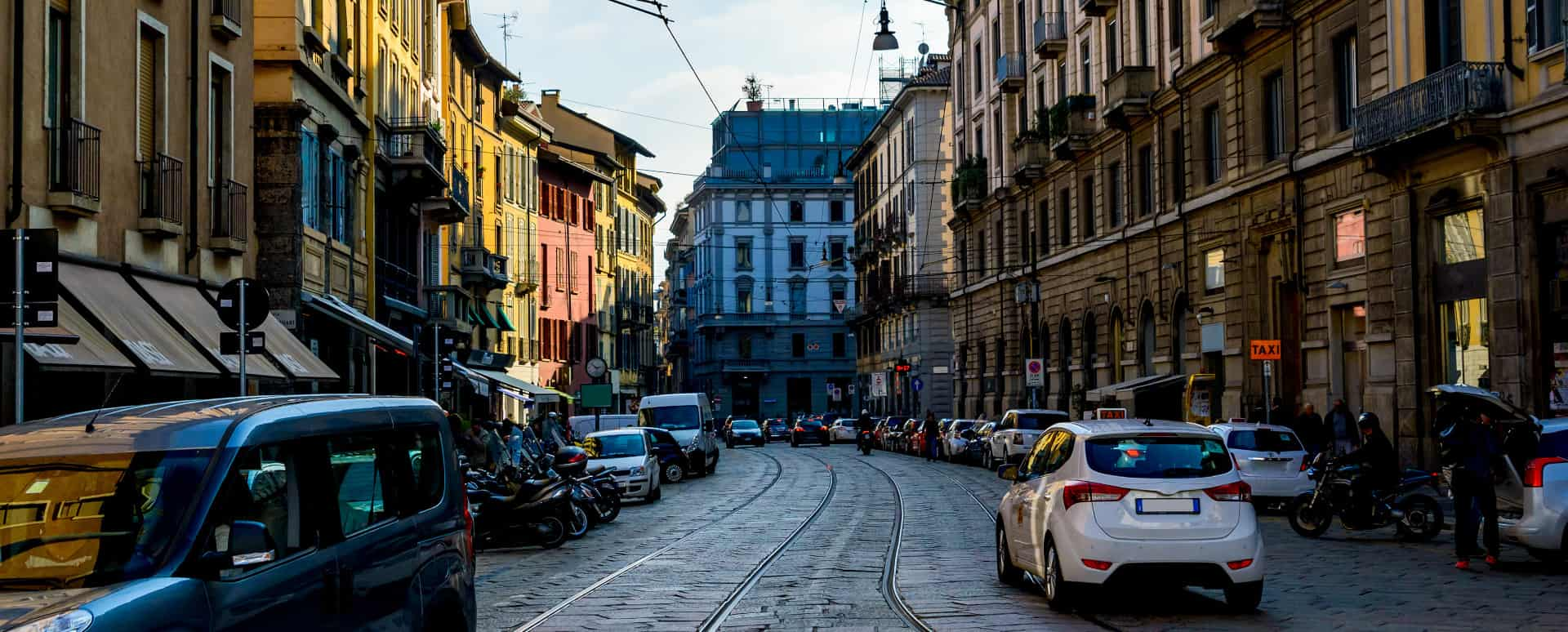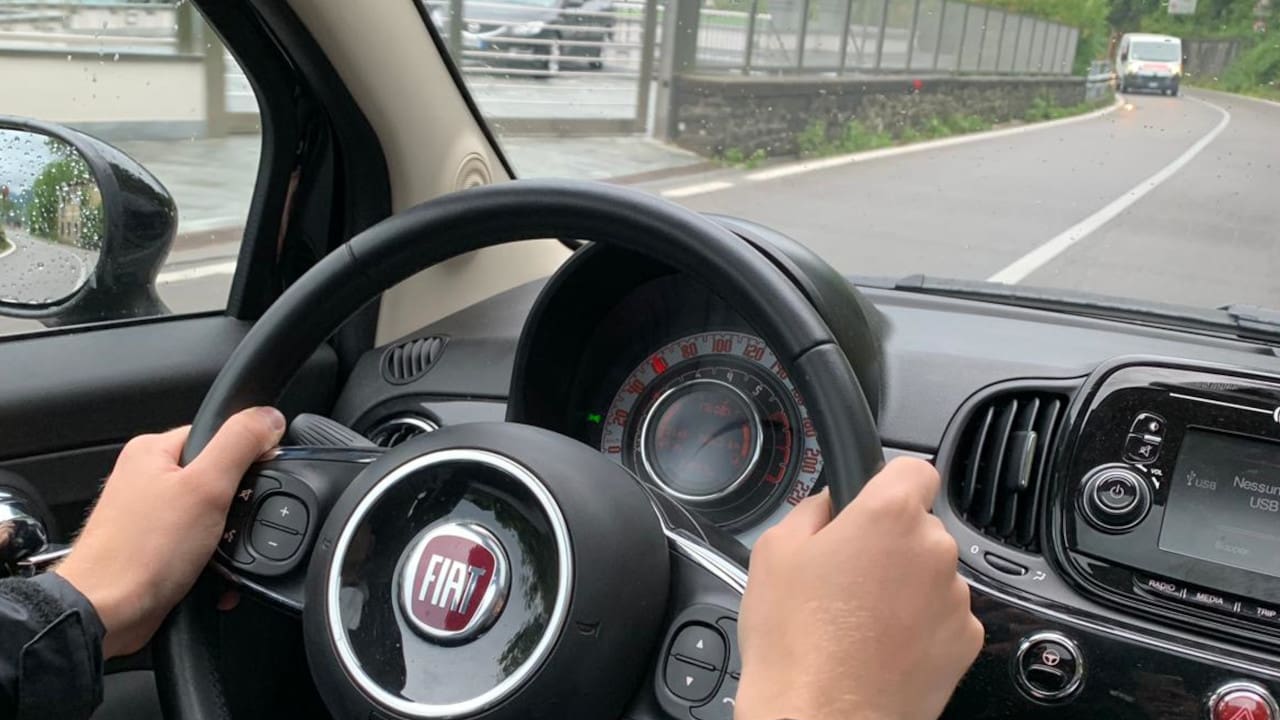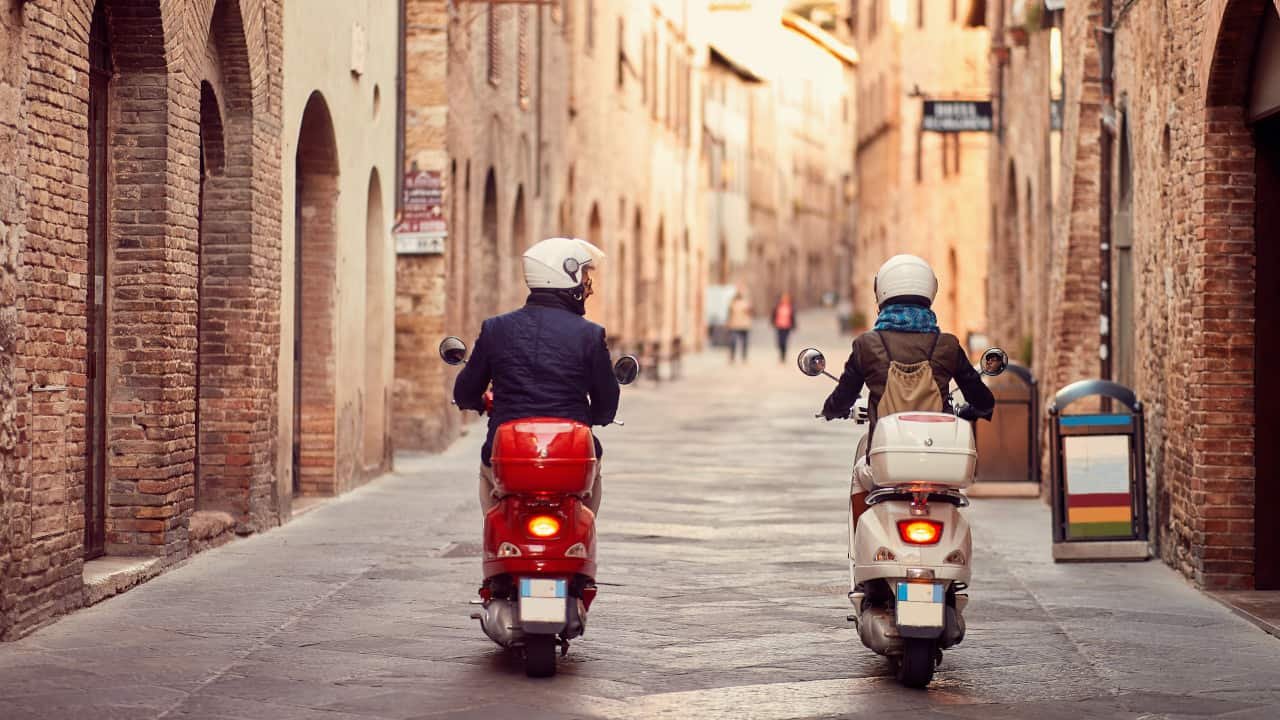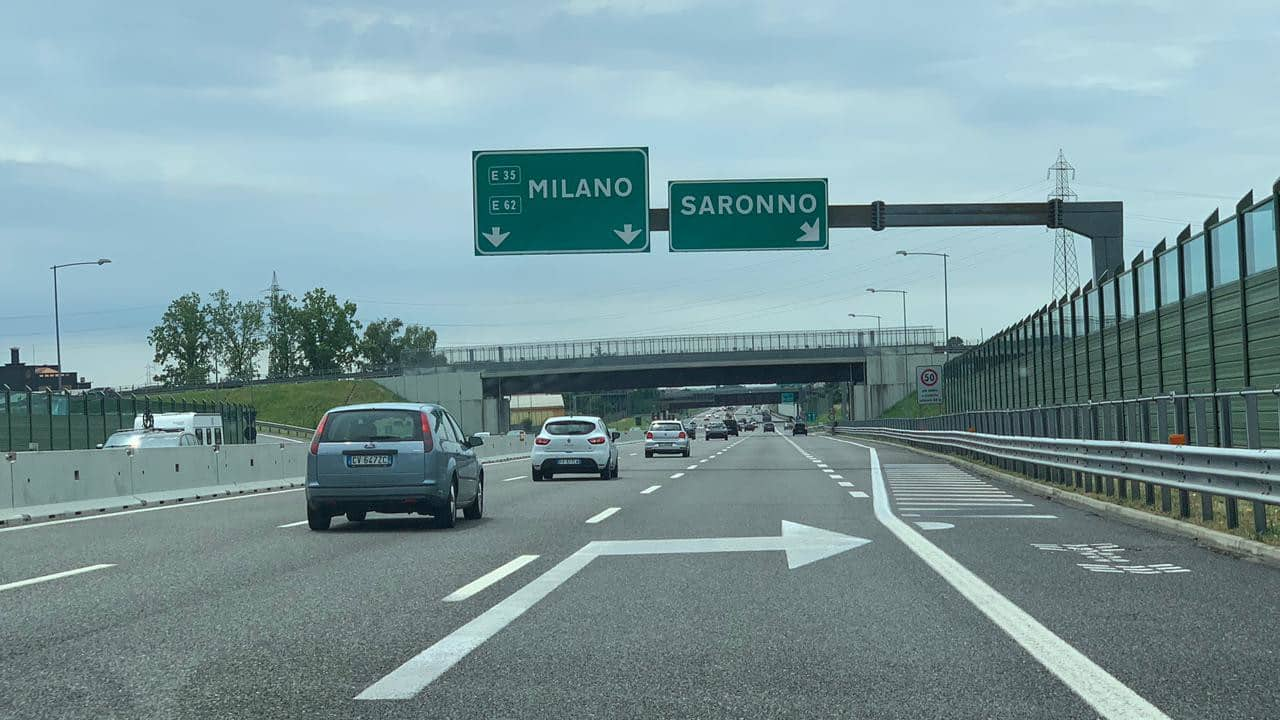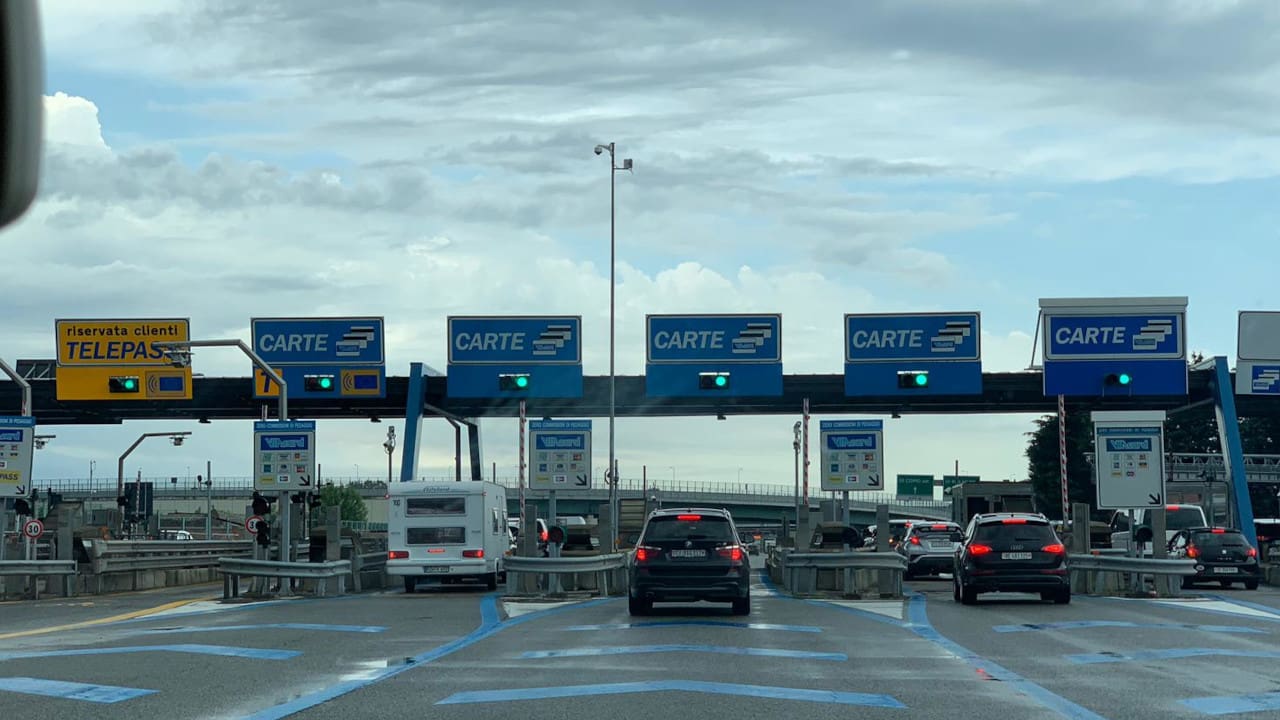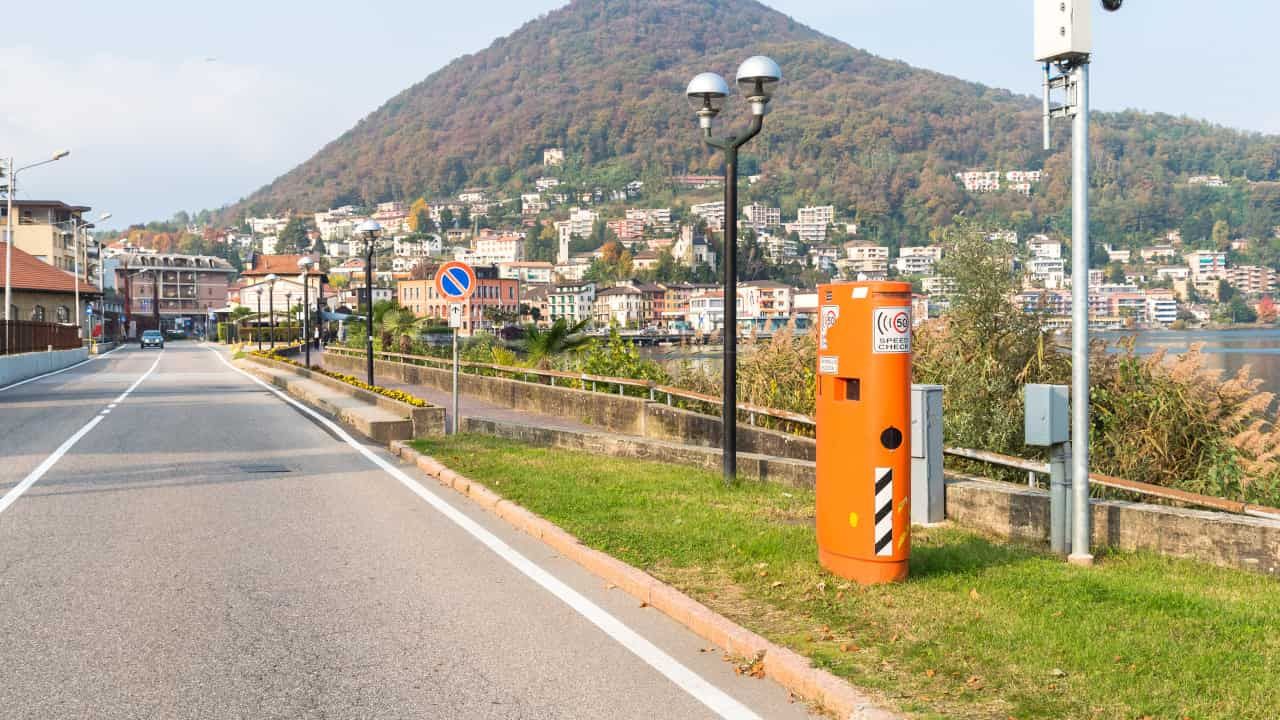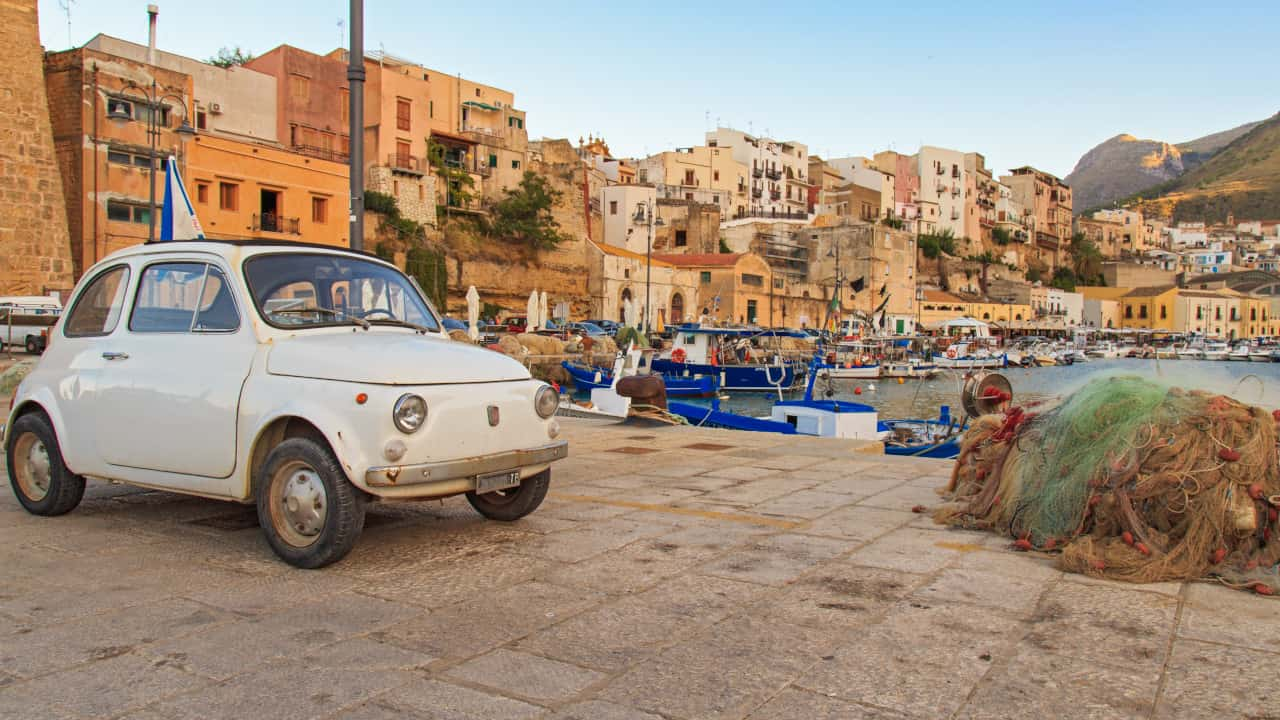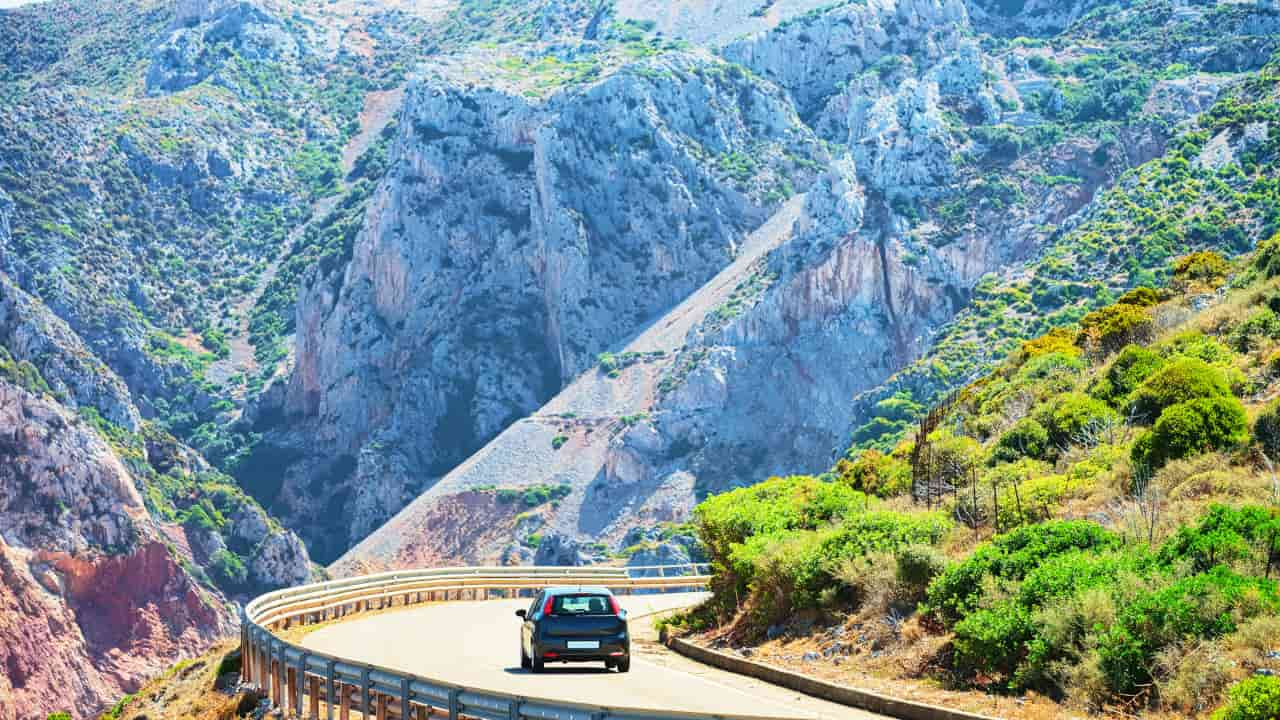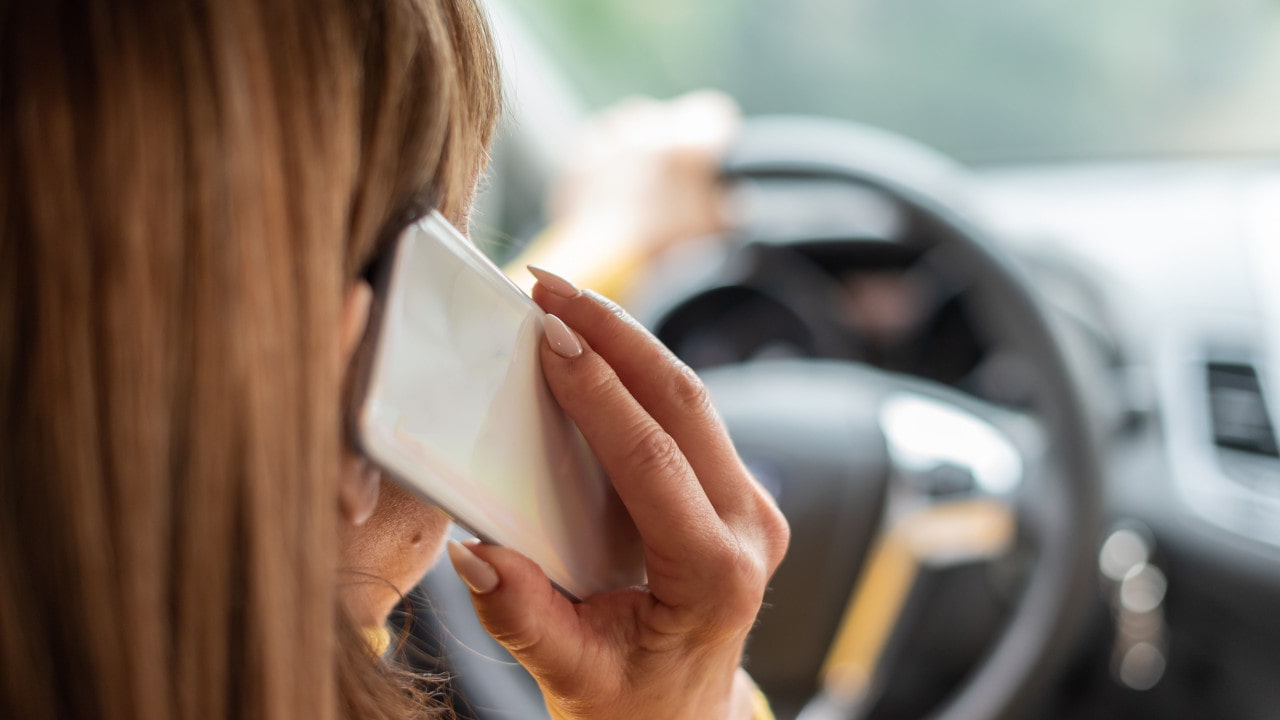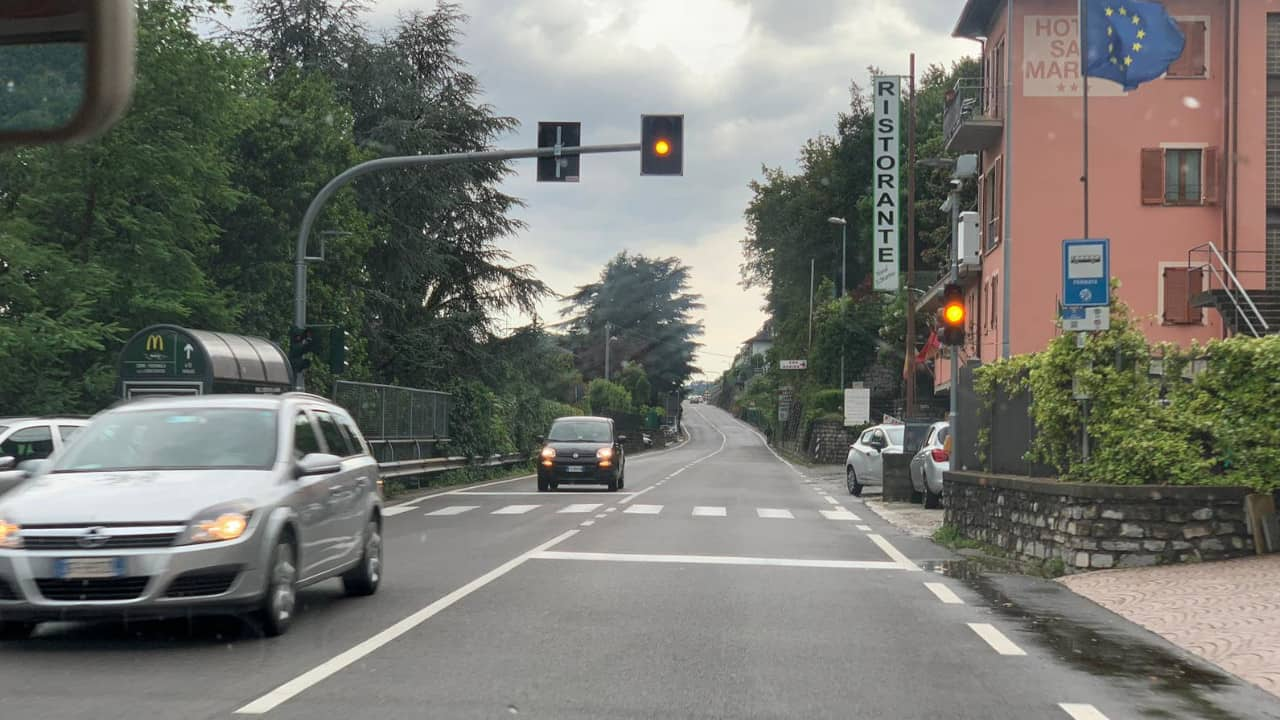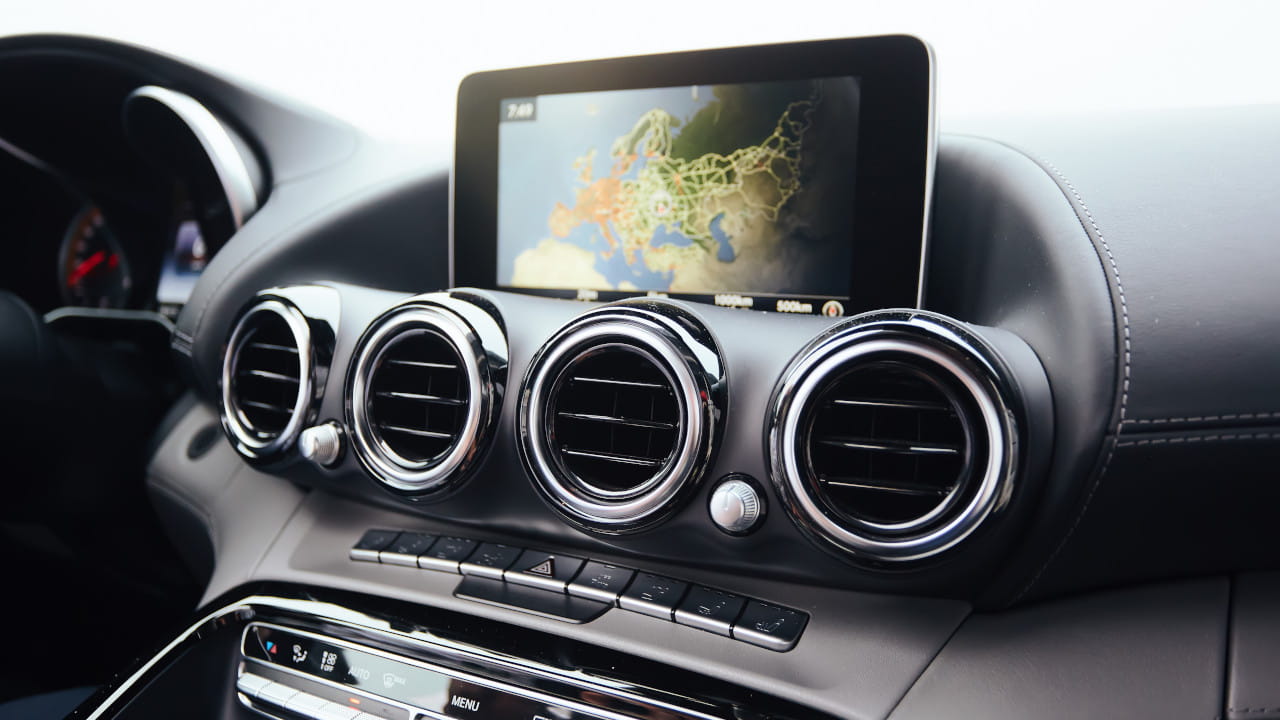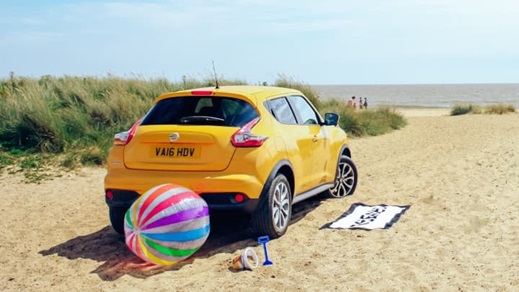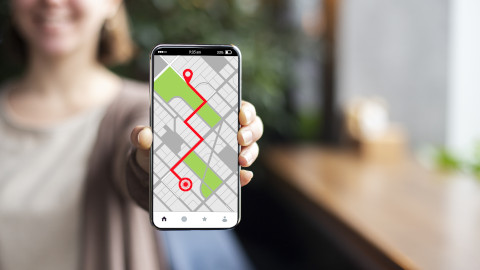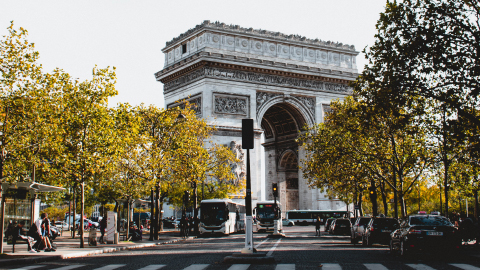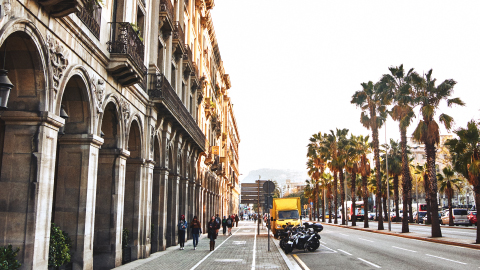Driving in Italy: Helpful Tips and Advice
01st Apr 2022
By Nathan Dale
Preparing for Italian roads
Italy is a beautiful country, a fact typified by its glorious twisty mountain roads and lakeside drives.
However, like most countries, it's also full of motorways, parking restrictions, and charges to use the public motorways.
Whether you're planning on driving to Italy from the UK, or renting a car after flying over there, here are some useful tips to help you get started on Italian roads.
Before You Go
There are a few things you'll need to remember to take with you:
- Full valid driving licence
- Passport
- Vehicle log book (V5C).
If you're taking your own car, you'll also need:
- Reflective jackets
- A warning triangle
- Headlamp beam deflectors
- A spare tyre
- Your car insurance certificate
- A UK sticker
You drive on the right
For many of you this will be an obvious one, but if you've never driven in Europe, you might not be aware that every European nation apart from Britain drives on the right.
That means cars have their steering wheel on the left, so if you're renting a car while you're over there, you'll be changing gears with your right hand and putting your seat belt on with your left hand, which can take some getting used to.
It also means that the right-hand side of the motorway is the slow lane, overtaking is done on the left, and when you come to a roundabout you need to give way to cars coming from the left-hand side.
Watch out for motorbikes and scooters
Towns and cities can be pretty busy places in Italy, and the roads are the same. For this reason, many locals (and some tourists) like to use motorbikes and scooters to get around.
They're able to move quickly through the streets thanks to their ability to slip in between traffic, so keep an eye on both of your wing mirrors. Motorists often dive in and out of lanes at will and aren't scared to undertake at any given opportunity.
You really need to keep your wits about you to avoid a collision.
Motorways can be confusing for first-timers
There are a few things to note about using motorways - known as Autostrada - in Italy. Firstly, the national speed limit for cars on Italian motorways is 130km/h (80mph), so you should aim to be going at or below that speed.
The overhead signs are a little different too. On the Autostrada, you might think that the right-hand lane in the picture above only goes to Saronno, but in fact, all three lanes go to Milano. The sign is simply letting you know that you need to be in the right-hand lane if you're going to come off the motorway and head to Saronno.
Prepare for tolls
There are charges to use many of the main motorways, which vary depending on the length of the stretch of road. When you first approach a toll, it can be quite daunting, but it's simple enough once you've successfully been through a couple.
Here's everything you'll need to do when approaching a toll:
- Have your credit or debit card handy: Some tolls accept cash, but you might find it easier to pay using card.
- Head for the lanes with the "CARTE" sign: The lanes with "TELEPASS" are for regular users who are signed up to the automated system.
- Take a ticket and insert your card: This will automatically open the barrier. The amount due will flash on the screen and the machine will spit your card back out. You don't even need to enter your PIN.
Look out for speed cameras
The speed cameras in Italy take many forms, but in general they look very different to ones you'll find in the UK.
The small orange speed camera may be hard to notice unless you've got a keen eye. Some are rectangular and some are more rounded, but they'll all land you with a fine if you go through them above the permitted speed.
Fortunately, just as in the UK, there are road signs that warn you of upcoming cameras. They read “Controllo elettronico della velocita”, meaning “Electronic speed control”.
It's important to note that speed camera detectors are illegal in Italy, but you can use your navigation system to warn of fixed speed camera locations.
Parking in Italy
It can be hard enough to work out what UK parking signs mean, let alone ones that are written in another language.
Typical Italian parking signs include a hammer icon representing a working day, which in Italy is every day apart from Sunday.
The sign displays times in which charges apply, and therefore you must buy a ticket during those hours. Outside those hours, you can park free of charge without a ticket.
You may also encounter signs which read 'maximum ore', which lets you know the maximum amount of hours you are allowed to park in that place for without breaking the rules and running the risk of a parking fine.
Mountain Roads
The mountain roads in Italy can be a hoot to drive on, with lots of corners and acceleration zones. These, however, bring their own dangers, and you should always glance up above or down below to see what's coming the other way.
If there's a larger vehicle coming your way, then you'll want to back off and give them as much room as possible - they might venture into your lane to make the turn.
Tunnels are simple enough to navigate, just remember to turn your headlights on as you enter and turn them off when you exit. Follow the lane with the green arrow and stay out of the lane marked overhead with a red cross - that's for traffic heading in the other direction.
Always make sure you stick to the speed limit, as mountain roads can be dangerous and unpredictable.
Don't use your phone while driving
UK law prohibits the use of mobile devices while driving and could land you with six points on your licence. In 2019, fines for using a mobile device while driving in Italy were quadrupled.
Despite this, you may regularly see people making calls, sending texts and even browsing social media behind the wheel, but that doesn't mean you should too.
Using your mobile phone while driving is extremely dangerous, and if caught, you could be landed with a fine of around €1,700.
Traffic Lights
Italian traffic lights are funny old things. They can be red, solid amber, flashing amber, and green. Of course red means stop and green means go, but often you'll approach a set of traffic lights, and they'll be flashing amber, so what should you do?
Simply put, flashing amber means proceed with caution. It's totally fine to go through the set of traffic lights, but you need to be aware that cars are approaching from other angles, and rules of priority must be respected.
A flashing red light means stop and may appear near a pedestrian crossing or ferry boarding point.
Traffic lights do go from green to amber to red when you're supposed to stop, but unlike UK traffic lights, when they go green again they skip the amber - blink, and you'll miss it.
Make sure you have access to a sat nav system
It doesn't matter whether you're just travelling through the city or going further afield and up into the mountains, a GPS sat nav system is essential for tourists trying to make their way along Italian roads.
Many car hire companies may charge extra for the privilege of renting a vehicle with an in-built sat nav, so we'd recommend bringing a sat nav with you, but make sure it's loaded with European maps.
Alternatively, there are loads of sat nav apps for your smartphone that can get you where you need to go. Apps like Google Maps, Apple Maps, and TomTom GO are great ways to get around without using up your mobile data,
Safety First
Driving in Italy can be a bit of a rude awakening if you're not prepared. Virtually no one sticks to the speed limit, so don't feel bad if you get overtaken.
General rules of courtesy that you mostly find in British drivers don't apply, and people may elbow their way into your lane on the motorway whether you like it or not.
Make sure you're checking your mirrors regularly and making sure it's safe to make every manoeuvre before you make it.
As long as you're extra sensible when other people are around, you can have some fun on the twisty mountain roads no matter the car you're in, whether it's a drop-top Mazda MX-5 or a simple rental-spec Fiat 500.

